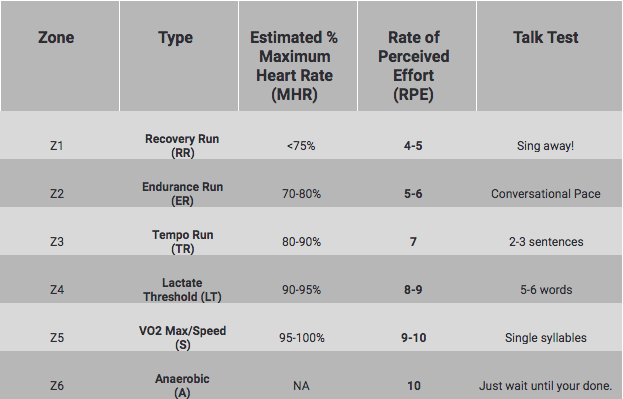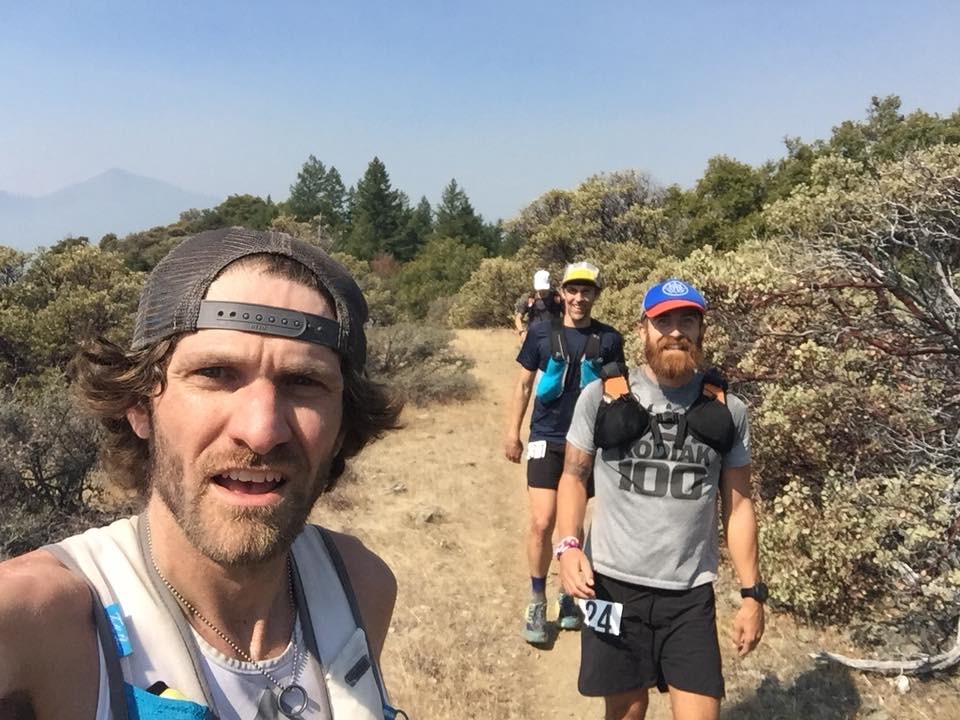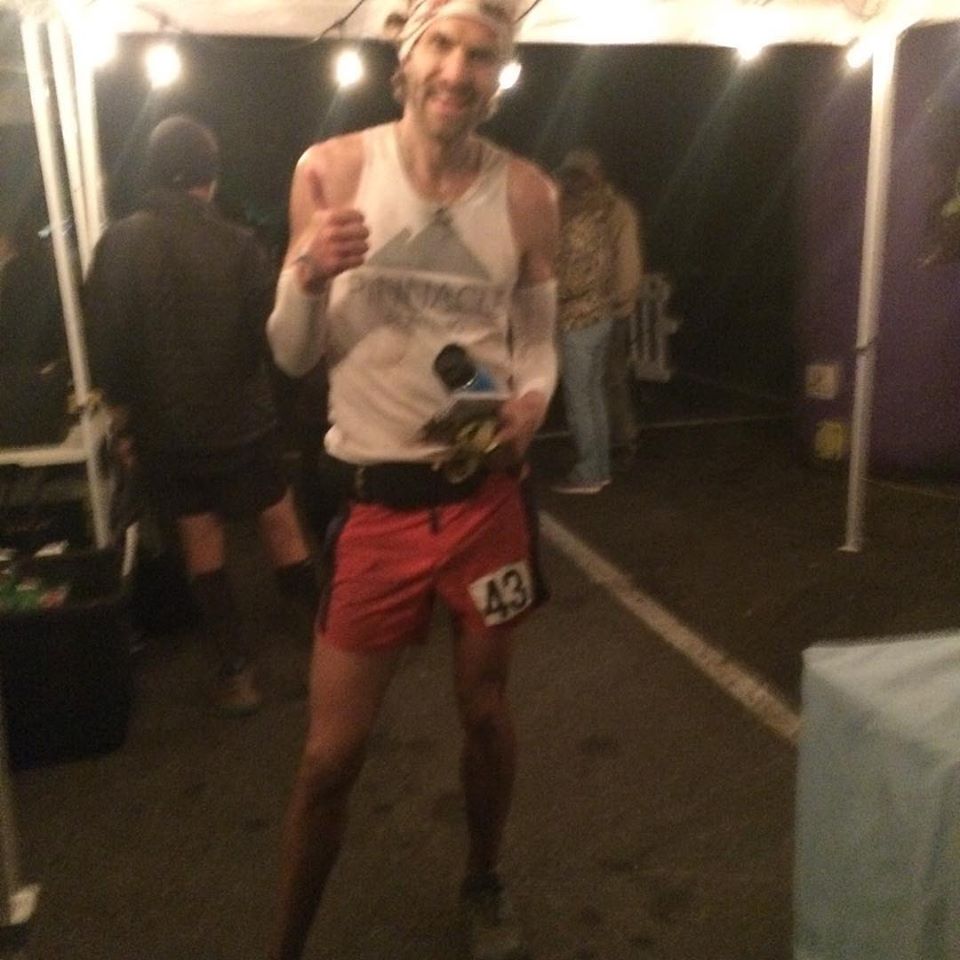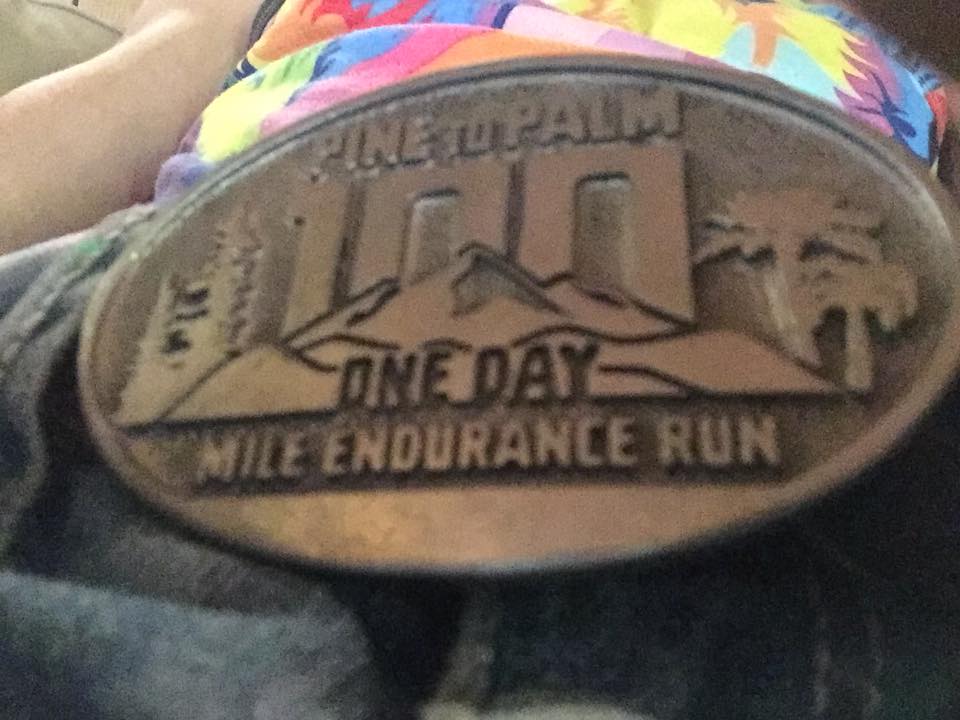Like your first love, I believe everyone remembers their first bonk. For me it came shortly after I had graduated from college. I was in fantastic running shape having just finished the track season where I specialized at the 800m distance. With the pressures of collegiate track behind me I thought I would try my hand at a marathon. Being a rather naive runner at any distance longer than an 10k I didn't understand yet why this race had food every few miles layed out like an all you can eat buffet. That is, until about mile 20, when my racing spirit seemingly left my body. My pace slowed dramatically and my usual running happy face turned into an "I hope I can finish," face. I bonked hard.
I did finish my first marathon, but more importantly, I learned a valuable lesson about the role of food in distance running.
What causes a Bonk?
So what causes the Bonk? Simply put, your body has run out of carbohydrates. Your body has essentially two fuel sources, carbohydrates and fat. Both carbohydrates and fat are utilized while running but at different percentages depending on the level of intensity. Fat is a slow burning energy source, while carbohydrates are a faster-burning energy source. As exercise intensity increases your body will use more energy (calories) overall, and a higher percentage of those calories will come from carbohydrates.
When your body runs out of carbohydrates it must turn to rely on fat which does not provide energy at the same rate as carbohydrates. When this happens your effort level will increase, but your pace will decrease, a state fondly referred to as the BONK.
How Your Body Stores Energy
When you eat, you are taking in calories (energy) for your body. A portion of these calories will be transported to your bloodstream for immediate use. The remainder will be stored either as glycogen or as body fat for later use.
Glycogen is essentially carbohydrates (sugar) stored in muscles as well as the liver until it is needed. Though it varies from person to person and can increase with training, athletes can store approximately 2000 calories as glycogen.
I think we are all familiar with body fat. Any excess calories beyond what can be stored as glycogen are stored as body fat. Even the most slender of runners typically store more body fat than can be used in a 24 hour run, but remember that body fat is a slower burning fuel (not to mention can only be used in combination with carbohydrates.)
At a marathon effort, most athletes will deplete glycogen stores within about 2 hours if they do not refuel. When glycogen is depleted the body must turn to run on only body fat which will dramatically decrease performance at the same perceived effort. This is why it is not important to eat during a 5k but it becomes increasingly important the for any athlete running beyond 2 hours, and the longer the event the more an athlete should be eating during the event.
How to Fuel Before an Ultramarathon
The purpose of prerace fueling is to top off glycogen stores before your race begins. This is commonly referred to as "carb loading." Try not to over think this one. Eat a few carbohydrate-rich meals for 1-2 days before a big race. Ideally a couple hours before your race top off with a light carbohydrate breakfast. My go to is a banana, granola bar, and a little sugar in my coffee. Yes to topping off your glycogen stores, but do not overstuff yourself or you may just end up bloated, not to mention, remember where all those extra calories are stored after you top off glycogen stores.
How to Fuel During an Ultramarathon
You have had breakfast and are starting your race fully fueled, but here is the thing, while running you are burning calories at a blistering pace, likely much faster than you can replace them, but still we want to replace as many calories as possible to prolong the bonk for as long as possible. To do this athletes should be consuming 200-250 calories per hour. This tiny number of calories is unlikely to fully replace the calories being burned, but this number is ideal as this is approximately the number of calories an athletes stomach can process. More than about 250 calories per hour can lead to GI distress.
Fuel Early and Fuel Often
To best avoid GI distress try to evenly space your calories, so rather than gorging on 250 calories once per hour, instead try to take in 50-60 calories every 15-20 minutes starting from the very beginning of your run. remember, the limiting factor to how many calories you can ingest is how fast your body is able to process the calories, so best to start early rather than trying to catch up.
What to eat during an Ultramarathon?
Carbohydrates, Carbohydrates, Carbohydrates!
No need to overthink it too much. If it has carbohydrates and you can eat it on the run it will work, so find the foods you like and eat them.
There is no shortage of sports companies with gels, chews, bars, or other formulation of prepackaged carbohydrates that are great for carrying on your run. Sports gels are great, but so are cookies, fruits, jelly beans, rice crispy treats, and baby food pouches. Aid stations are a wonderland of carbohydrates with fruits, sandwiches, candy, cookies, and soda.
I suggest eating a variety of foods with a variety of types of sugar (glucose, sucrose, dextrose, fructose, maltodextrin.) You may be one of those types of athletes that can get through a 50k just consuming gels or sports drinks, but the longer your race the more likely that your stomach will begin to revolt if you continue to give it straight shots of sugar. For longer races, consuming a variety of carbohydrates (complex and simple) as well as small amounts of fiber, fat, and protein. this will will aid in digestion and help prevent GI distress.
For longer distances you may find at some point that your body and appetite will begin to reject sweet, so make sure you also find some savory foods that you can eat on the run. My go to savory foods for those long days is bean burritos, but ultimately follow the basic fueling guidelines then follow your heart.
Pro Tip: Make sure you practice with the foods you intend to eat on race day before race day. The middle of a race is no time to get adventurous with your food choices.
How to Hydrate for your Ultramarathon
The best time to hydrate is the week leading up to your race. It is always best to start fully hydrated as once you fall behind on your fluid intake it is difficult to catch up.
The amount of water needed varies widely from athlete to athlete and is also dependent on how hot it is. so there is no standard recommendation for how much water to drink. It is important that you do not drink too little and become dehydrated, but it is also important to not drink too much and become hyponatremic. The best recommendation for water is to drink to your thirst. Like with the food this should be practiced during long training runs leading up to your goal race.
Should I drink sports drink or water during my Ultramarathon?
Sports drinks are fine but don't expect them to live up to their marketing hype, they are not magic. Sports drinks are just water sugar and electrolytes. Sports drinks are a great way to get in both your hydration and your sugar at the same time, but keep in mind that drinking lots of sugar for long periods may upset your stomach. Also keep in mind, if you fill your water bottles with sports drink you cannot separate your hydration from your calorie intake.
Do I Need Salt for my Ultramarathon?
There has recently been much discussion in the ultrarunning world regarding salt. Electrolyte imbalances have long been blamed for muscle cramping, however, a new study suggests that even muscles that are cramping maintain adequate sodium levels. Yet there is plenty of anecdotal evidence (including from myself) that keeping adequate sodium/water balance can prevent cramping.
My suggestion, carry salt with you. This can be in the form of electrolyte tabs, S-Caps, or just table salt. If you feel that your water/salt balance is out of whack and you are starting to cramp, first ask yourself if you are dehydrated. If yes, drink water. If no, take some salt to see if it helps, because your alternative is sitting there beside the trail cramping and wondering if salt helps muscle cramps.
Refueling After an Ultramarathon
Post race you want to not only replace your depleted glycogen stores but also include protein to begin the muscle repair process and fat because it is delicious. I suggest pizza and Sufferest beer. If you don't like pizza that is weird, but treat yourself right to whatever food tickles your fancy and eat plenty of it. You just ran through a ton of calories and your body needs some food so bon appetit.
Be prepared, but don't complicate it too much
Follow these simple guidelines and you should do great
1. Consume 200-250 calories per hour mostly carbohydrates.
2. Eat a variety of foods.
3. Practice your fueling strategy in training to find what works best for you.
4. Intake water and electrolytes as needed.
WE ARE ALWAYS INTERESTED IN TRYING NEW THINGS SO LET US KNOW IN THE COMMENTS WHAT YOUR GO TO FUEL SOURCE IS FOR YOUR LONG RUNS.
About the Author
Levi is Dad an adventurer and a Mountain, Ultra, and Trail Running Coach at Pinnacle Running. Levi's go too foods for long distances are burritos, banana and blueberry baby food pouches, and the occasional sports gel.
